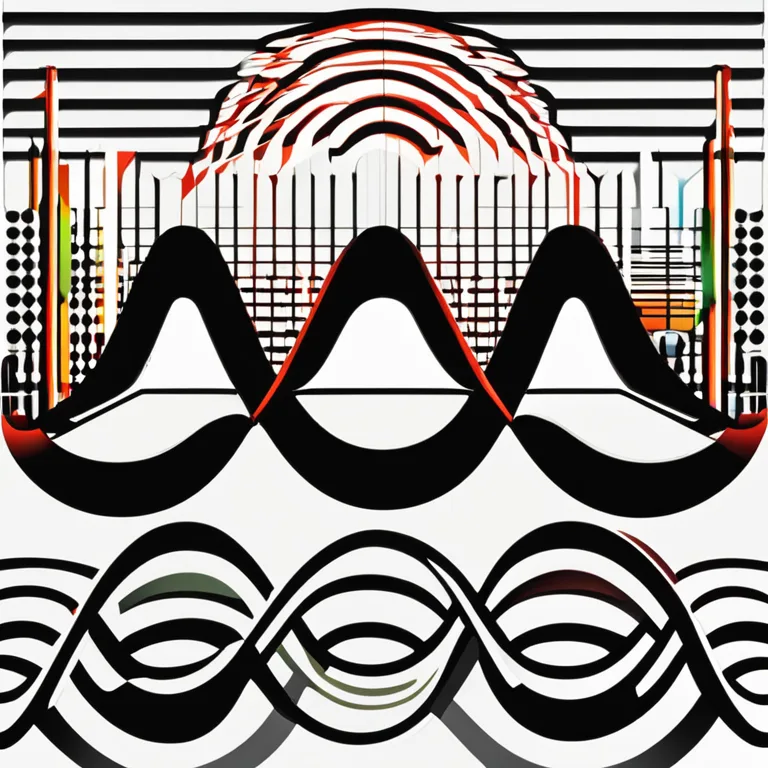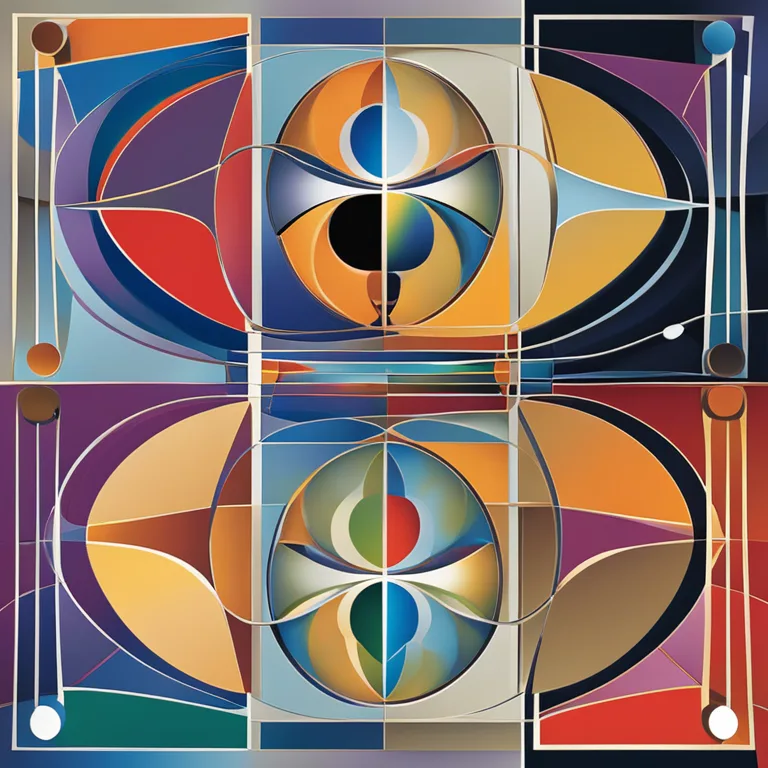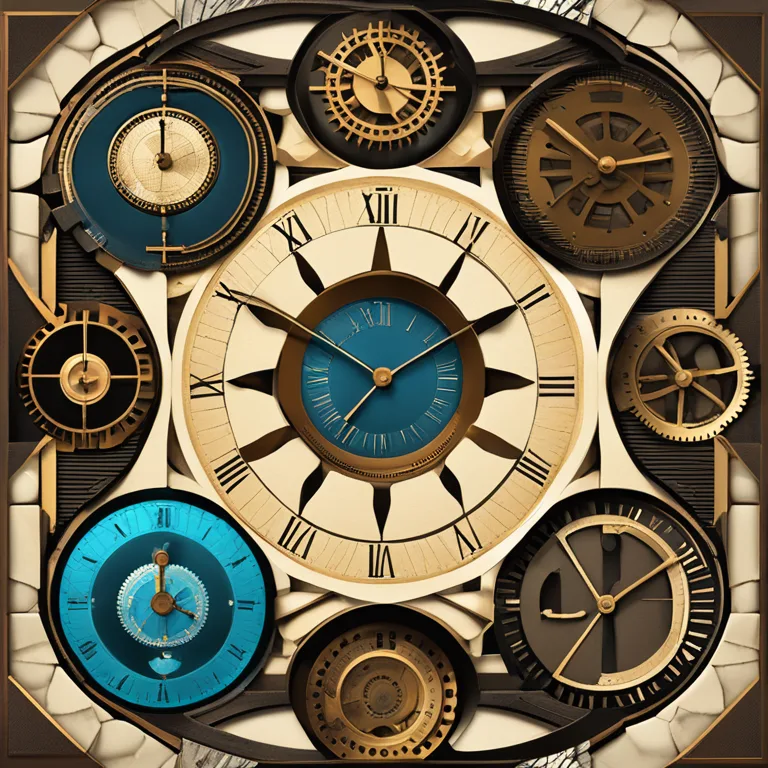
The Interplay of Biorhythms and Circadian Rhythms
Delve into the fascinating relationship between biorhythms and our innate circadian rhythms and how they govern our biological processes.
article by Adrian Wallace
The Basics of Biorhythms
Biorhythms are theoretical cycles that supposedly affect various aspects of human behavior and well-being. Conceptualized in the 19th century and popularized in the 20th, they suggest that our life is influenced by rhythmic biological cycles. Biorhythms are categorized into three core types: the physical, the emotional, and the intellectual. Each has a distinct duration; 23, 28, and 33 days respectively. Advocates of biorhythms believe these cycles begin at birth and influence us throughout our lives, impacting our capabilities and emotions. However, it's important to note that the scientific community generally does not recognize biorhythms as a true reflection of physiological states, prompting a heated debate around their validity.

Circadian Rhythms: Nature's Clock
Circadian rhythms, unlike biorhythms, have a well-founded scientific basis. They are internal processes that follow roughly a 24-hour cycle and are primarily responsible for regulating our sleep-wake patterns. These rhythms are deeply rooted in the biology of almost all life forms. They are influenced by environmental cues, such as sunlight and temperature, which help to align biological clocks with Earth's day-night cycle. Circadian rhythms regulate not only sleep but also feeding patterns, hormone release, and other bodily functions. With the advent of technology like smartwatches and apps that track sleep patterns, awareness of circadian rhythms has become part of our daily well-being conversations post-2020.

Connecting Biorhythms and Circadian Rhythms
While biorhythms and circadian rhythms differ in origin and scientific acceptance, they share common ground in their acknowledgment of biological patterns. Biorhythms propose an innate scheduling of physical, emotional, and intellectual states, while circadian rhythms underpin the actual physiological mechanisms governing our daily physiological and psychological functions. The integration of these concepts can lead to holistic wellness approaches that encompass both the potential influences of biorhythms and the well-established impacts of circadian rhythms. This merging notion has spawned various wellness and lifestyle applications aiming to optimize human life by considering both sets of rhythms together, a trend that continues to burgeon in 2024 and beyond.

Chronobiology: The Science Behind the Cycles
Chronobiology is the study of biological rhythms and time-related phenomena in living organisms, and it solidly supports the presence of circadian rhythms. Researchers in this field have made significant strides in uncovering the genetic and molecular foundations of circadian rhythms. Thanks to revolutionary techniques, such as CRISPR and bioinformatics, scientists are now beginning to unravel how these rhythms interact with various diseases, mental health, and even medication efficacy, tailoring treatments in what is known as chronotherapy. In contrast, the patterns outlined in biorhythms lack this robust scientific backing, but they continue to be a topic of curiosity and warrant further multidisciplinary research.

The Impact of Modern Life on Biological Rhythms
The juxtaposition of these rhythms against the backdrop of our modern, fast-paced life highlights significant challenges. Artificial light and screen time, particularly post-dusk, have been shown to interfere with our circadian rhythms. This interference can lead to a variety of health issues, such as sleep disorders, obesity, and increased stress levels. In response, there's a growing movement advocating for lifestyles and technologies that are in harmony with our natural biological rhythms. Apps that filter blue light or those that suggest optimal times for work and rest based on individual patterns exemplify the merging of chronobiological insights with the digital age.
Future Directions in Rhythm Research
Looking ahead, it is clear that both the regimens of circadian rhythms and the enigmatic nature of biorhythms will continue to captivate scientists and hobbyists alike. As we advance our understanding of human biology and technology, it is possible that these two rhythm theories could converge, offering new insights into personalized health and optimizing well-being. While the future of biorhythms in scientific literature is uncertain, the valuable lessons from circadian rhythm research are set to influence a myriad of fields, from urban planning to the structuring of the workday in ways that harmonize with our natural biological patterns.
Published: 12/28/2023
Modified: 12/28/2023
More predictions
Come back here soon to learn more about yourself and your future


Biorhythms Compatibility Calculator: Synchronize Your Cycles
Discover how a biorhythms compatibility calculator can help you sync with your partner's innate cycles for an enhanced connection.


Biorhythm Love Compatibility Calculator: A Guide
Discover the secret to harmonious relationships with our Biorhythm Love Compatibility Calculator. Unlock the potential of emotional, physical, and intellectual synch.


Harmonizing Life Rhythms: Biorhythm Compatibility Explained
Discover how biorhythm compatibility impacts relationships and personal interactions, fostering harmony and understanding.